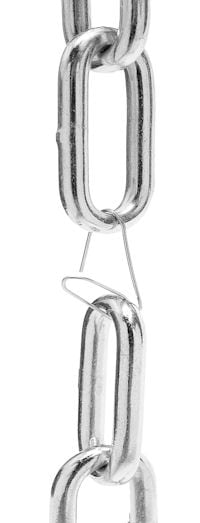It seems to me that many customer experience initiatives are deeply flawed. They start out well intentioned but lack the right process improvement mindset to drive long term change.
The customer experience strategy that seems to be best practice at the moment is:
- Do some research on what people want: ask a focus group, run a survey, etc,
- Design “the best” customer experience based on the research.
- Test it in a limited way –asking people what they think, doing some usability testing (i.e. watching what people actually do either actually or via analytics) of your systems.
- Roll-it out.
- Relax
The critical part is that the design process (steps 1 and 2) is run only once. Then, having agreed that it is perfect, just let it run. This is wrong.
I spent 10 years working in the industrial process control industry. Let me describe how a completely different type of business runs a very similar process in a completely different way.
Consider a manufacturing plan or an oil refinery. In many respects it goes through the very same process:
- Do some research: engineers gather information about the industrial manufacturing process based on relatively well known chemical and physical processes.
- Design the plant: based on the specification and the research, design an appropriate plant.
- Test it in a limited way: often for a new processes a small pilot plant is created to test the idea.
- Roll-it out; Build the full scale plant and start manufacturing. This is often a long and complex task, especially in the case of an oil refinery. (So far it’s all the same.)
RelaxStart the work of improving the design of the plant. As soon as the plant is up and running, engineers are looking for ways to improve performance. They have banks of feedback data from sensors all over the plant. Using that data, and starting on day one, they are trying to work out how to improve production to more than 100% of rated capacity.
This last step is missing in many organizations working on the customer experience. They may design and build lots of different areas of customer experience but this continuous improvement piece is missing. There are two issues that prevent the last step form occurring:
- The lack of a continuous improvement mindset
- The lack of real-time feedback data.
Continuous improvement mindset
Engineers are trained to look for problems and fix them. “If it ain’t broke don’t fix it” just doesn’t apply. Continuous, improvement within the process parameters that currently exist, is the order of the day.
You can think of it as a giant test and learn process. You wouldn’t think of running your next direct marketing campaign through a one off design and go approach so why are you trying you do it for your customer experience.
No, instead you constantly test different copy, layout, offers etc.. It should be exactly the same for the customer experience. Never be happy, always be looking for an extra 1% improvement.
In truth this can be hard to do in a customer experience process because of the lack of real time feedback data.
The lack of real-time feedback data
Engineers have access to an extraordinary array of feedback about the manufacturing process. Every pump, valve, heater, switch, etc is monitored in real time and it’s history tracked by the second. That is literally thousands or tens of thousands of separate measurements and history with which to work.
In customer experience what have you got: an annual survey of a small proportion of your customers and a few paltry complaints.
[You also have contact centre reports, sales figures, and web logs but these are indirect measurements.]At least that was what you use to have. Enter Transactional Net Promoter Score. The customer experience equivalent of all those sensors.
Transactional NPS allows the customer experience professional to get a real time view of the quality of the product that is being manufactured, sorry customer experience delivery, sorry loyalty of the customer. In this case the product being manufactured is loyal customers.
Transactional Net Promoter Score As Your Customer Experience Strategy
But TNPS is more than just a measurement it is also a continuous improvement process. Yes the “would recommend” question is the most well known element of NPS but there is also a full change management, continuous improvement element present in best practice Net promoter implementations.
This means that Transactional Net Promoter Score can be the Customer Experience Strategy for your business. By implementing TNPS you get your customer experience strategy included. No extra charge.
In a future post, I’ll expand on exactly how to use Transactional Net Promoter Score to drive business improvement.
More Information
If you are thinking about implementing Net Promoter Score (NPS) in your organisation give us a call. We can help you to implement an effective Net Promoter Score customer needs survey program for your business.
Get the Business Leader's Guide to Net Promoter Score Download Here








